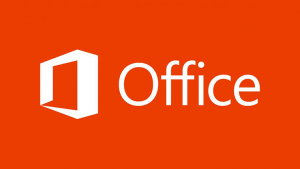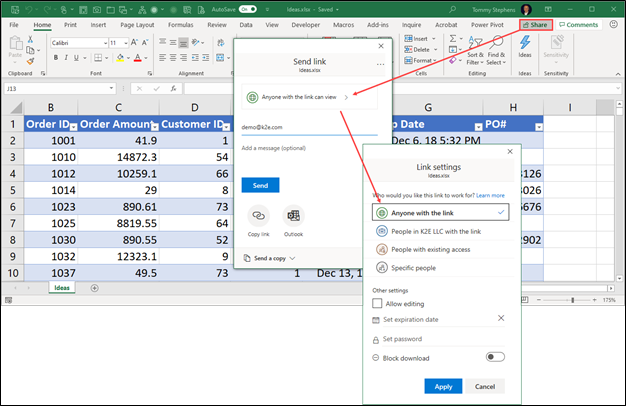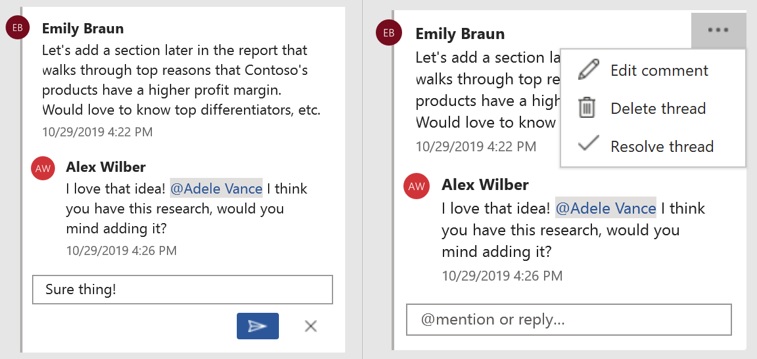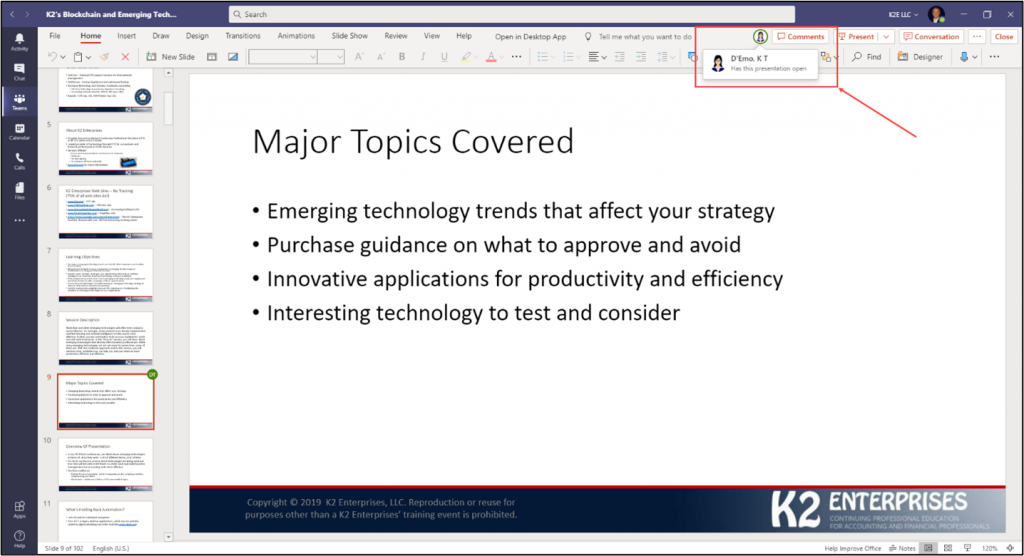The Best Ways To Collaborate With Office Documents
Collaboration is more important today than it ever has been. With many team members working remotely, it can be challenging, to say the least, to share documents so that all interested parties can access, edit, and comment on them. Fortunately, the evolution of Microsoft Office includes features that can streamline, simplify, and enhance collaboration. Read on, and in this article, you will learn the best ways to collaborate with Office documents.

The Need To Collaborate
Before addressing the issue of “how,” let us explore “why.” Stated differently, why is collaboration so important? And why are yesterday’s methods inadequate in today’s environment?
Even before the pandemic-driven work-from-home (WFH) environment, the need to collaborate was significant. Consider, for example, the ubiquitous Excel workbook that many organizations use for at least a portion of their budgeting processes. Multiple users typically need to interact with that workbook, entering data, and generating reports. Typically, “collaboration” in this case involved emailing the workbook to all interested parties or using Excel’s Shared Workbook feature.
Other everyday collaboration needs include circulating a Word document among team members for editing and “wordsmithing.” Yet, Word does not offer a “Shared Document” feature, similar to Excel’s “Shared Workbook” feature. Therefore, “collaboration” with Word documents almost always meant emailing copies of the file to all interested parties.
Similarly, you might need to involve other team members in creating and editing a PowerPoint presentation. Unfortunately, like Word, PowerPoint does not offer a “Shared Presentation” feature; again, collaboration almost always involved emailing documents.
Drawbacks To Traditional Collaboration Methods
If email is the primary tool for collaboration, at least two adverse outcomes can occur. First, multiple copies of the same file immediately appear. As numerous users edit these copies, they no longer contain the same data. This practice, of course, leads to inconsistency in reports. Alternatively, Excel’s Shared Workbook feature generally mandates storing the workbook on a server that all parties can access. Of course, in a WFH environment, this requirement is not always satisfied easily.
Further, using the Shared Workbook feature imposes limitations on available functionality. Additionally, as pointed out above, neither Word nor PowerPoint offers a “Shared Document” feature. And finally, Microsoft has indicated that they will remove the Shared Workbook feature from Excel in future releases. As demonstrated, legacy versions of Microsoft Office applications present challenges when collaborating with others, both inside and outside our organizations.
Sharing Office Documents
Beginning with the 2010 release of Microsoft Office, improvements to collaboration techniques started to appear. At that time, Microsoft added the ability to share an Office document with internal and external users. This process relies on sending an invitation to the other users. It also requires you to store the file you wish to share in Microsoft’s Cloud-based OneDrive, OneDrive for Business, or SharePoint Online.
During the ensuing ten years, this process has improved significantly. It now provides detailed options for controlling who can access the document and what they can do with it once accessed. As shown in Figure 1, you can initiate the process of sharing your Cloud-stored documents by clicking Share near the upper right corner of the document’s window. You can read more about this process by clicking here to access an article on this feature published by Microsoft.

Adding Comments And Notes To Documents
Another relatively new enhancement that facilitates collaboration is the ability to add Comments to Word and PowerPoint documents. Regarding Excel documents, you can add Comments and Notes.
Comments facilitate adding feedback to a document, such as suggestions to make it more usable to the intended audience. For Word, PowerPoint, and Excel, you can add Comments by clicking the Comment button near the window’s upper right corner. You can also add Comments using a right-click of your mouse. Once you add a Comment, other users can reply to it, facilitating a “threaded conversation” within the document, as shown in Figure 2.

As mentioned above, you can also add Notes to an Excel document. A Note is a means of documenting the contents of a cell. Typical uses of Notes include references to source documents, citations, and other forms of documentation that explain where the cell’s data originated. You can add a Note by right-clicking on a cell and choosing New Note. You can also add a Note by selecting Notes from the Review tab of Excel’s Ribbon.
Using Teams To Collaborate
At its core, Microsoft Teams is a communication and collaboration tool. Therefore, as you might expect, collaborating on documents occurs with ease when using Teams. Should you choose to save an Excel, Word, or PowerPoint document in Teams, multiple people can access and edit the file simultaneously, as shown in Figure 3. Of course, this functionality requires team members to possess appropriate security rights for the Team and Channel. If that is the case, no additional actions are necessary to collaborate on a document, making this perhaps the easiest way to facilitate collaboration in organizations of all sizes.

Summary
The need for collaboration tools and techniques is not a new one. But the need for improved collaboration options on Microsoft Office documents is magnified in WFH and decentralized environments. Fortunately, Office now offers some outstanding features for sharing and collaborating with others, both inside and outside our organizations. So, instead of legacy tools and workarounds, take advantage of features such as sharing files, adding notes and comments to documents, and Teams. These are the best ways to collaborate with Office documents!
Click here to learn more about training options available from K2 Enterprises.